We see a sharp curve in the sales of batteries. The lead acid battery is already more expensive per year than the Lithium-ion battery. The latter is unsafe, it can suddenly explode, catch fire, and keeps on burning, sometimes for days. More and more we have to acknowlegde that is not a sustainable battery for the future. Sorry, Tesla drivers. The Chinese BYD cas has the LFP battery. Originally this company was a battery manufacturer, and now it makes cars that cheap, these compete all electric cars in price and quality (again: sorry, Tesla drivers). The only thing that saves the other companies is the tariff wall for Chinese cars, in Europe and in the USA.
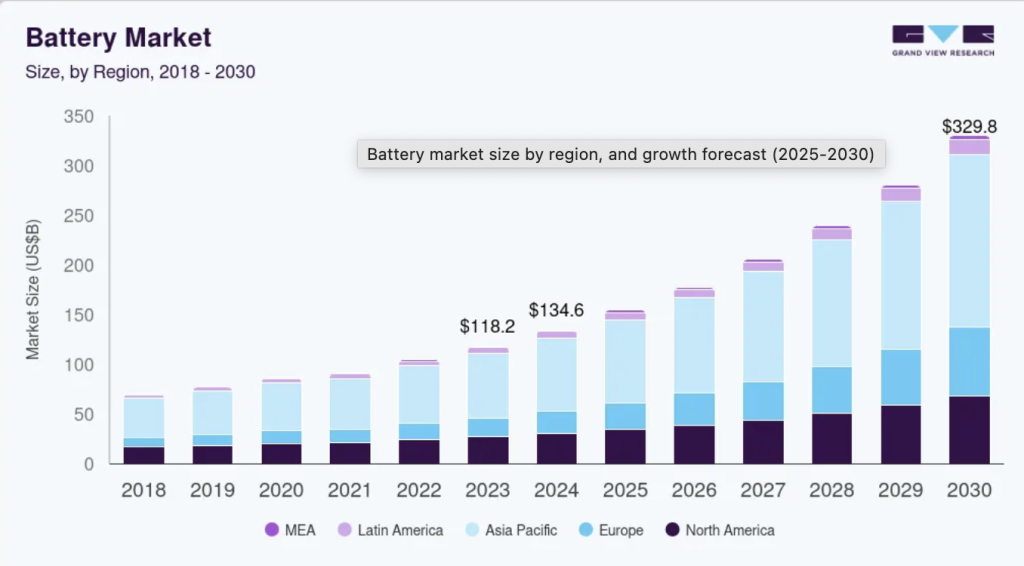
Till here the batteries that you need between home and work. Now, let us discuss the future for the batteries at home and work? That is enormous. More and more there is congestion on the electricity networks in many dense populated western areas. We see it all over the world: in California, in Germany, in the Netherlands.
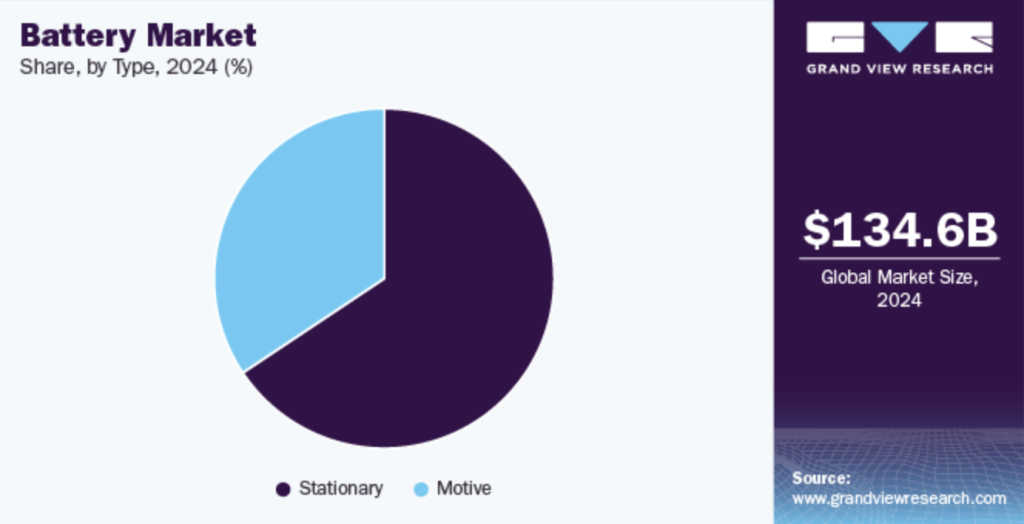
Use the grid for transport, not for reliability
Johan Elslin, the president of the IEEE Power Electronics Society and researcher envisions that wer will never ever be able to maintain a reliable grid. Partly because the electricity consumption keeps on growing and partly because So let us stop with the attitude, the ambition, the laws, that that all consumers should have a certain garanteed electricity supply. Let us use it what it is generally built for: the transport of electricity.
He has a point here. The grid can’t keep up, we have to acknowledge that. one has to admit, that most private consumers can live a day without electricity, whereas hospitals can not miss 5 minutes before the first people die.
Perhaps a liberal point of view? Well, It would save a lot of investments on the grid. And now that batteries become more durable, more reliable, his approach is becoming more and more a realistic approach. Let every company check for himself the necessity for a reliable supply. And every consumer who cannot agree with a minimum reliability, will take a home battery. Or, now that the smart grid becomes a succes and the idea of the decentalized holons seem to work, it could be reality.
But, the price of the battery? On the Ya the complete 42,5 kWh batterybank for a stand alone household has cost nearly 20,000 Euros. That is very expensive. Good news: nowadays, so five years later, it would cost 12,000. And prices keep dropping.
Why a batterybank anyway?
There are three reasons.
Right now, hospitals and computer servers companies don’t want their diesel generation system anymore as a backup and they all choose for the battery bank. That is the reliability reason.
Second reason is the congestion. In the Netherlands, the Den Bosch area has so much congestion risk on the grid, that no company can get an electricity connection. So, they are developing their own solutions, with… battery banks.
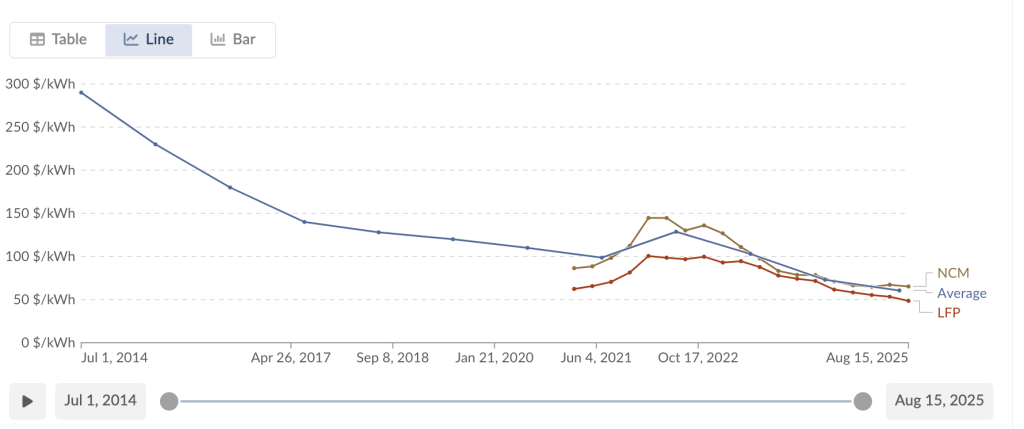
The third and final reason is the economical thing that is looming. Since 3 years, the Dutch Next Energy offers a home battery solution that is paying its money back in some circumstances. The bank is LFP (Lithium Ferro Phosphate), so not the dangerous Lithium-ion. But most people only get 10-15% back on every kilowatthour, compared to the price of about 40 cents they have to buy it from.
These same high electricity prices deliver the opportunity regenerate your own energy, and to store it. In theory, you can even make a bit of profit. You take electricity from the grid when the supply is too big, such as on a sunny day, and you supply it back when the price is high. But now, for most people that is too costly, or, say it different, the batteries are too expensive.
To a cheap home battery
The market has become large and the growth of 10-15% makes it very interesting. So there are great investments in research and development. This makes the opportunities grow fast now.
A new competitor of the LFP battery is the Sodium-ion battery. It promises to be cheaper and more durable than the LFP, but it can contain less energy.
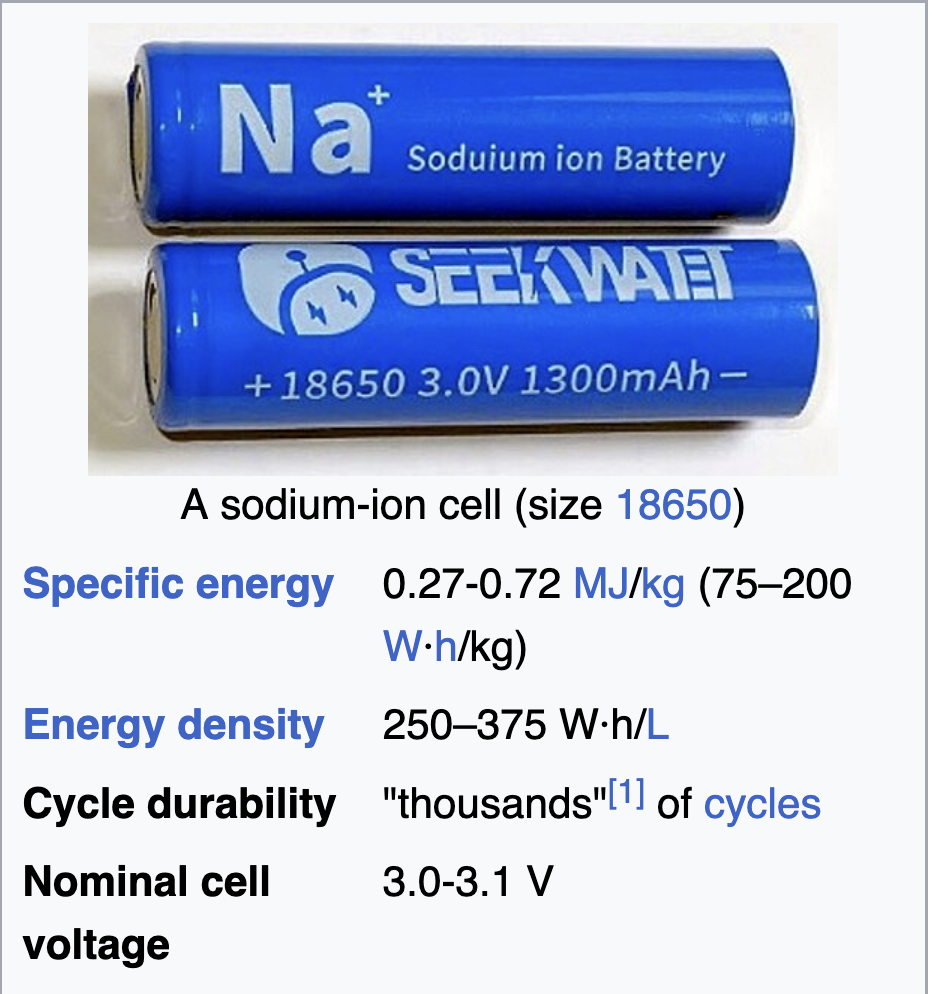
Another one is the salt water battery. It works very simple, and salt and water are cheap. The life is very long. But it costs a lot of space, too much often to make it fit for an urban house and for a large scale manufacturing and economy. Or, to phrase it differently, it is so cheap and it can be so well customized, that it is difficult to make a business model out of it.
There is a new ‘liquid battery’ promises to make energy storage much more affordable, both for giant batteries for solar farms and for you and me at home. The development of so-called flow batteries is moving fast. These are batteries that work with two liquids that, when combined, produce electricity, and conversely, can be separated by electricity. The Dutch company Elestor has already made significant progress with such a battery. If their pilot battery works as expected, Elestor should be able to supply the first large industrial batteries within a few years.
Flow batteries have tanks in which the liquids are stored separately and a tank where the liquid ends up after mixing. Between them is a so-called membrane. This is a kind of super sieve that allows some ions to pass through and others not. When mixed, electrons are released at the membrane, creating a current that can be used to power machines. The fluids and tanks for the system are inexpensive, so you can build a large battery for little money. But flow batteries also have a drawback: the membranes are expensive and break down over time.
Now, British startup from the University of Manchester, HalioGen Power is working on a fluid battery that no longer requires a membrane. This saves enormously on costs, not only in the initial purchase, but also because no membranes need to be replaced. That’s not the only advantage of the system. They also no longer need separate tanks to store the two fluids. According to HalioGen Power, the fluids their flow battery uses are inexpensive and non-flammable. This makes their system suitable for a wide range of applications. They state on their website that the battery can be used in situations from 10 to millions of kilowatts. This covers everything from an average home to large-scale industrial applications.
It would make a really cheap battery.
A batterybank in every home.
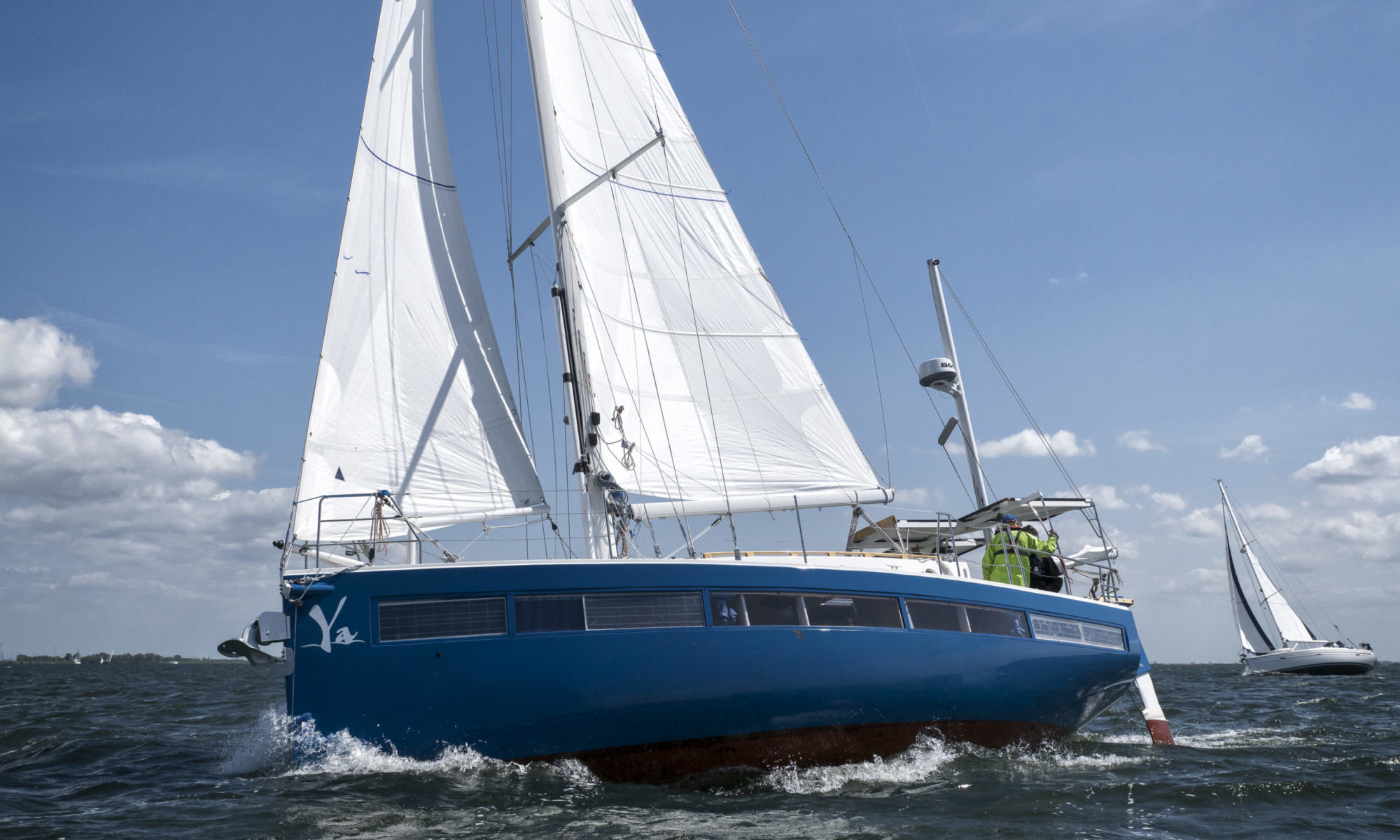
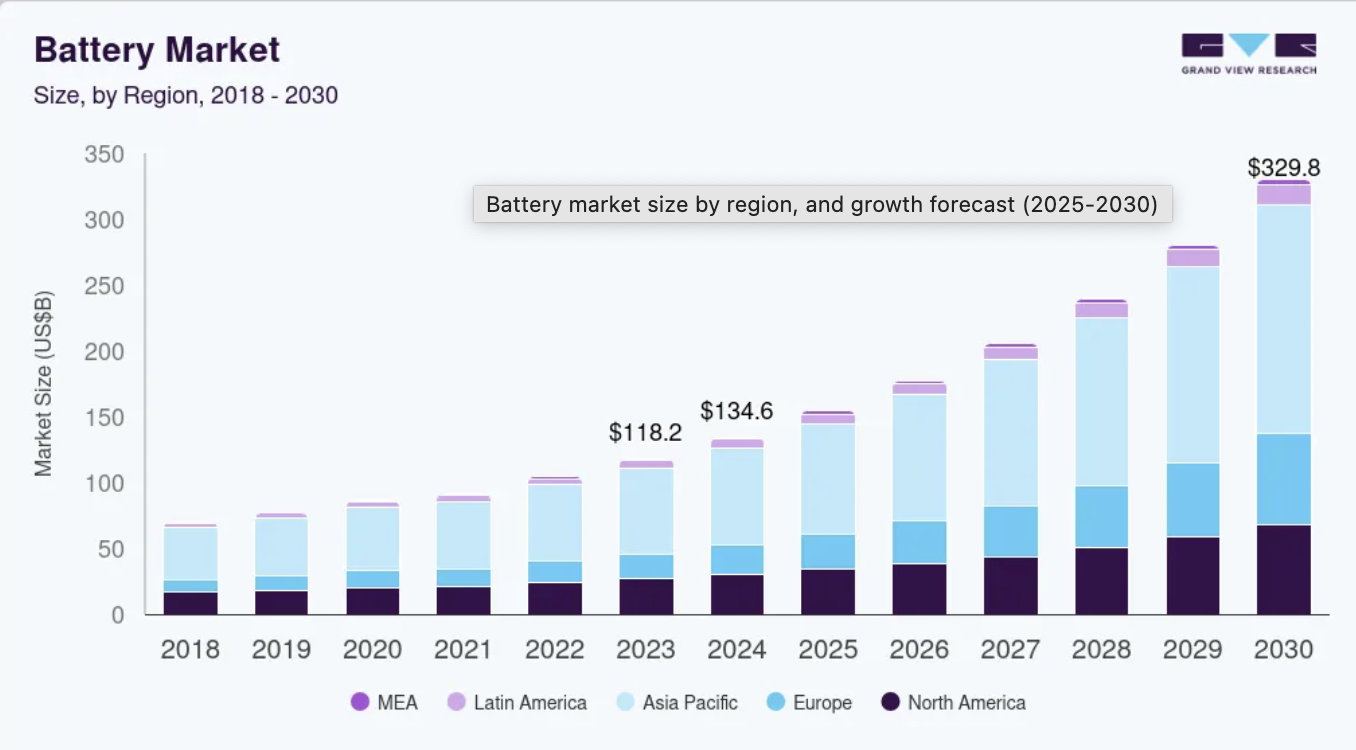
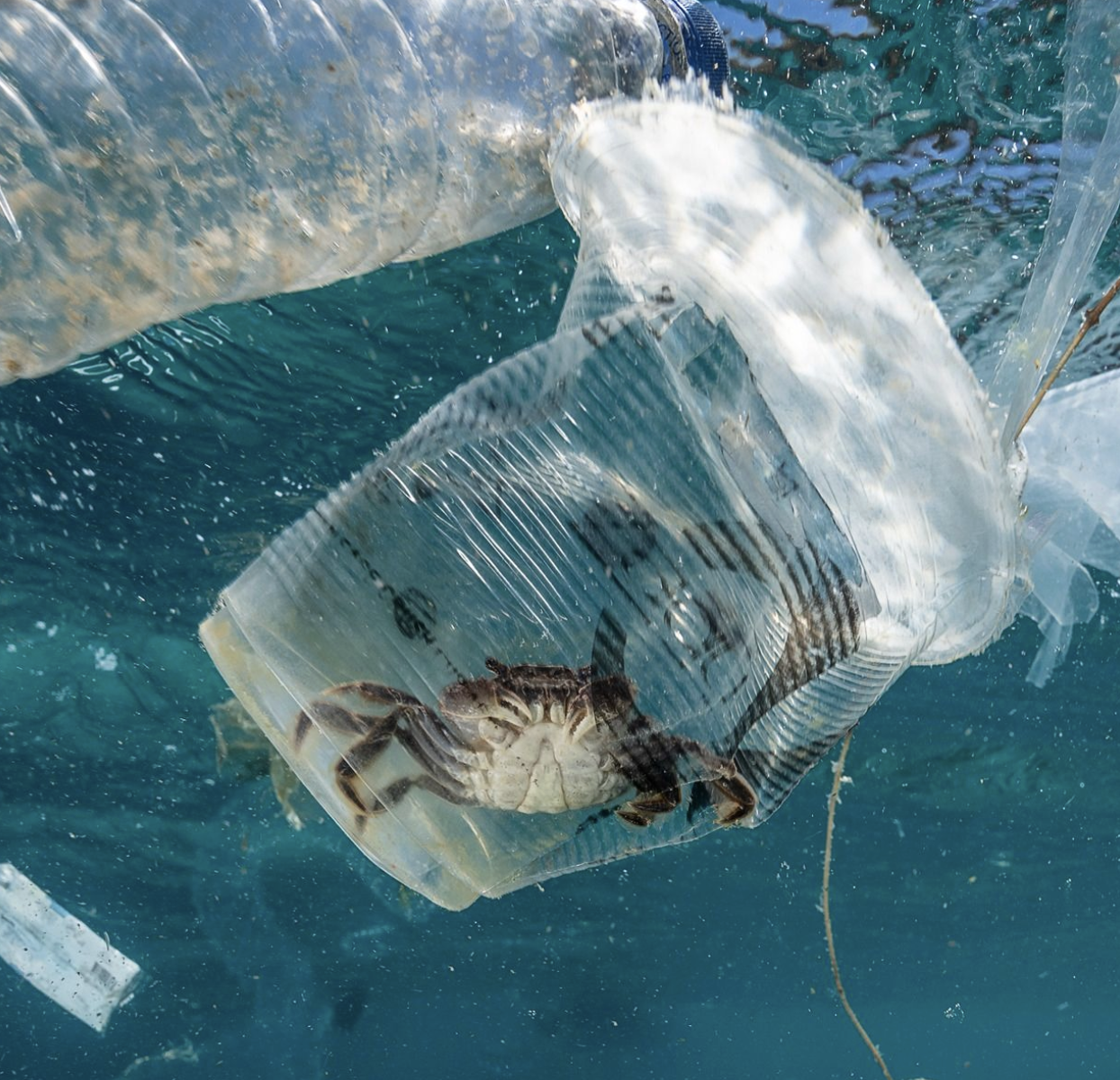
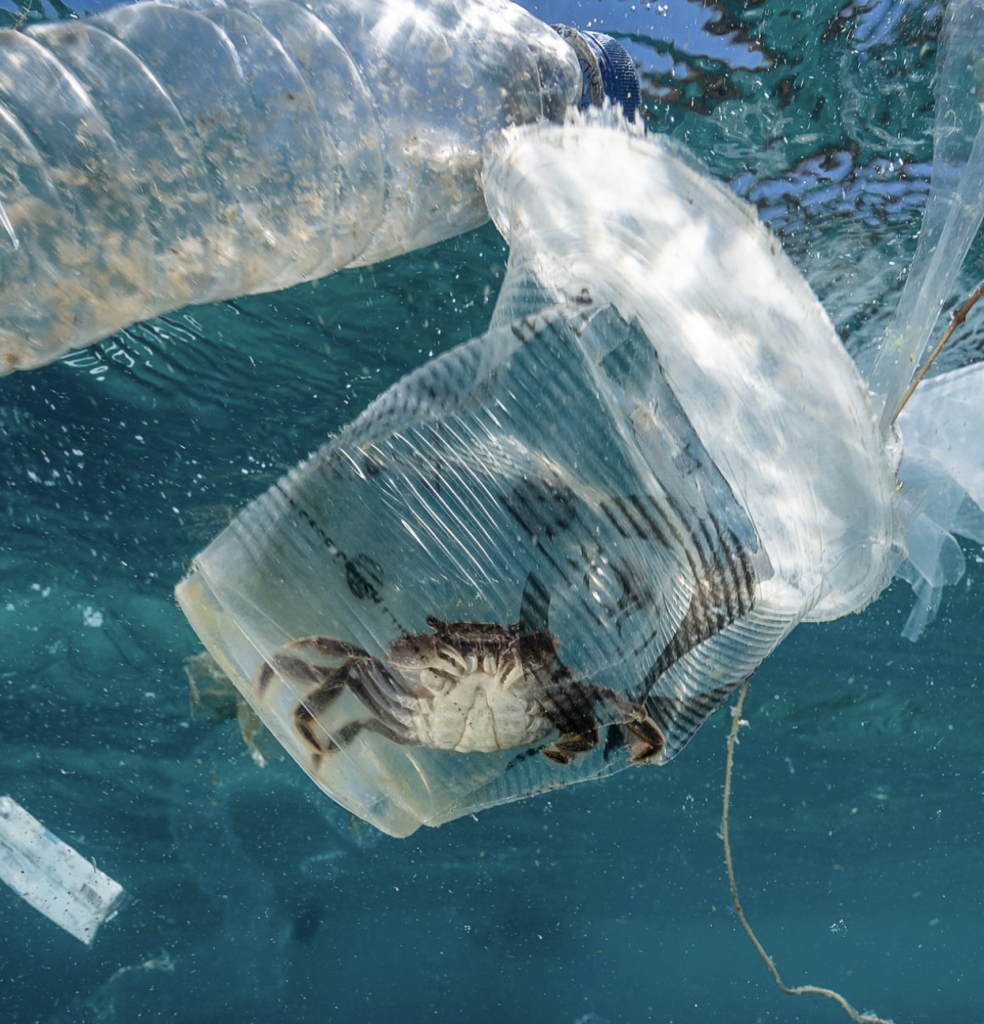


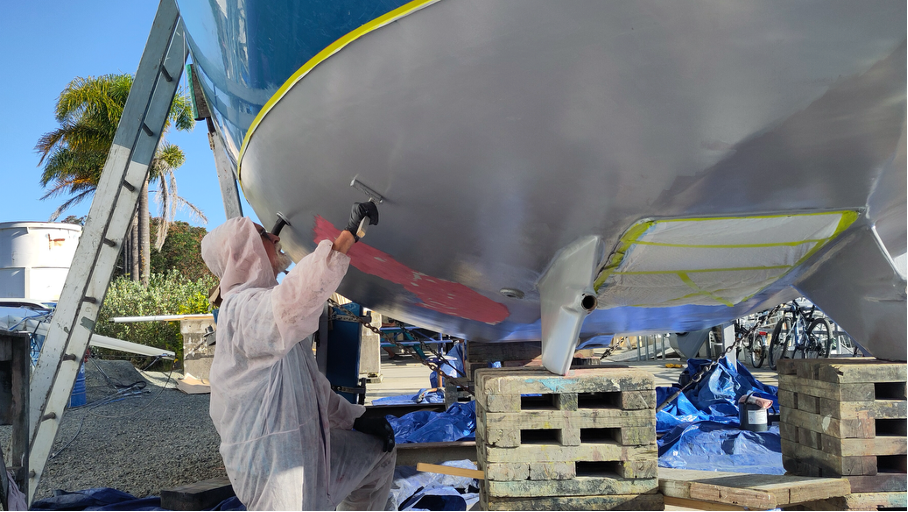





 (A) Typical upwelling and study sites. B) Satellite-derived sea surface temperatures (1985-2025)
(A) Typical upwelling and study sites. B) Satellite-derived sea surface temperatures (1985-2025)





















